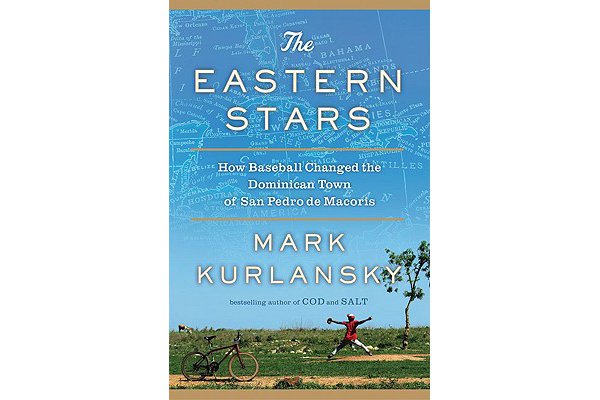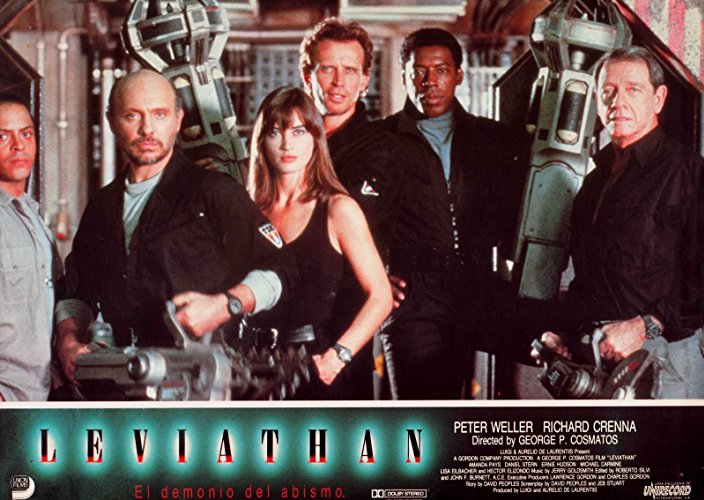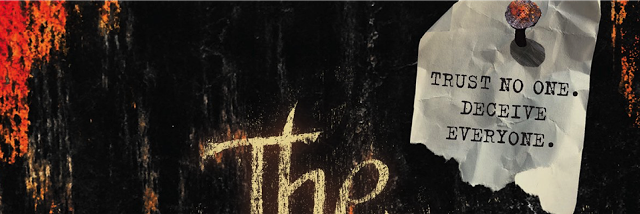Last summer, I was loafing in Dollar Tree and found a copy of Mark Kurlansky’s The Eastern Stars – How Baseball Changed the Dominican Town of San Pedro de Macoris. “How far wrong can you go for a dollar?” I thought and bought the book. I’m glad that I did so.

Friday, when we got to the beach, I read the first chapter (pages 1-14) and Saturday I continued reading to page 159. The Eastern Stars isn’t perfect, but I’ve learned a lot about baseball history and about the Dominican Republic. Through it all, Kurlansky tries to answer a question that has fascinated baseball fans for decades, how does the tiny Dominican Republic (population 10 million) produce so many baseball players?
Runs & Hits – Strong Points
One nice aspect of The Eastern Stars is that Kurlansky does a good job of balancing an overall history of baseball in the Dominican Republic with observations that he made during visits there. Of all of the towns in the D.R., none has sent more players to the Major Leagues than has San Pedro de Macoris. Kurlansky delves into history to reveal the forces that contributed to this trend.
While this history of San Pedro de Macoris is pretty good, I think that Kurlansky’s observations of the present-day D.R. are more interesting. He finds that – predictably – baseball is no longer fun and games. Baseball scouts are everywhere, looking for the next Sammy Sosa or Pedro Martinez. This has led to questionable practices such as encouraging promising teenagers to drop out of high school and bet their entire futures on the small chance that they will become stars.
Strikeouts and Errors – Drawbacks
While I’m enjoying The Eastern Stars, the book has negatives. Unfortunately, one of those negatives is Kurlansky’s refusal to get out of the way of his story. Simply put, he inserts himself into the story – a lot. To be fair, this works for The Eastern Stars when Kurlansky tells about his experiences in The Dominican Republic. Some of the narrative has a nice “you-are-there” feel to it.
However, all too often, Kurlansky’s history dwells on the evils of the United States and of those who have run the Major Leagues through the years. None of Kurlansky’s opinions are particularly original or enlightening – if you’re familiar with the politically-correct critique of U.S. history, you know what Kurlansky is going to write.

Mark Kurlansky
Kurlansky’s “About the Author” on the inside flap of the dust jacket reveals that he is not primarily a sportswriter. Perhaps that accounts for some strange choices. One thing that continually baffles the reader is Kurlansky’s practice of including long definitions of even the most-basic baseball terms, such as shortstop, bunt, pulling the ball, switch hitter, etc. The writer doesn’t know his audience. While I’m sure that a few of The Eastern Stars’ readers won’t know baseball’s basics, the percentage will be very low – and those readers can easily find definitions of baseball terms on the ‘net.
Finally, the book is “padded out” with an appendix of biographies of the Dominicans who have played in the Major Leagues. This information is too thin to be interesting, most Wikipedia bios are better than is Kurlansky’s list.
The Box Score – So Far
I guess I’m in about the 7th inning of a 222-page game. And often the latter innings are the very best. But, having said that, I’d give The Eastern Stars 6.5 out of 10 so far. It’s interesting, but uneven.
Advertisements Like this:Like Loading... Related






